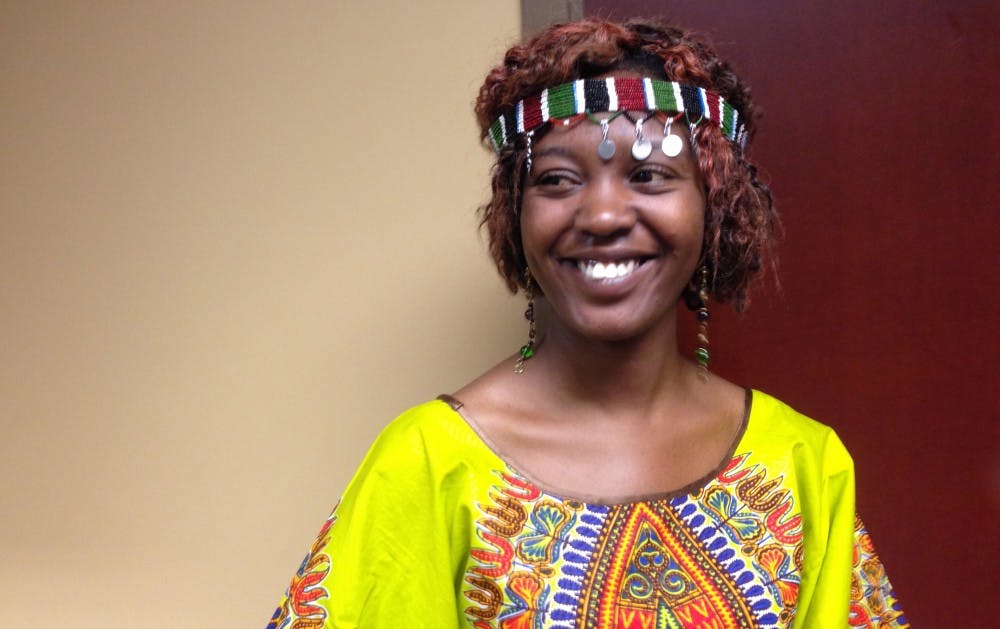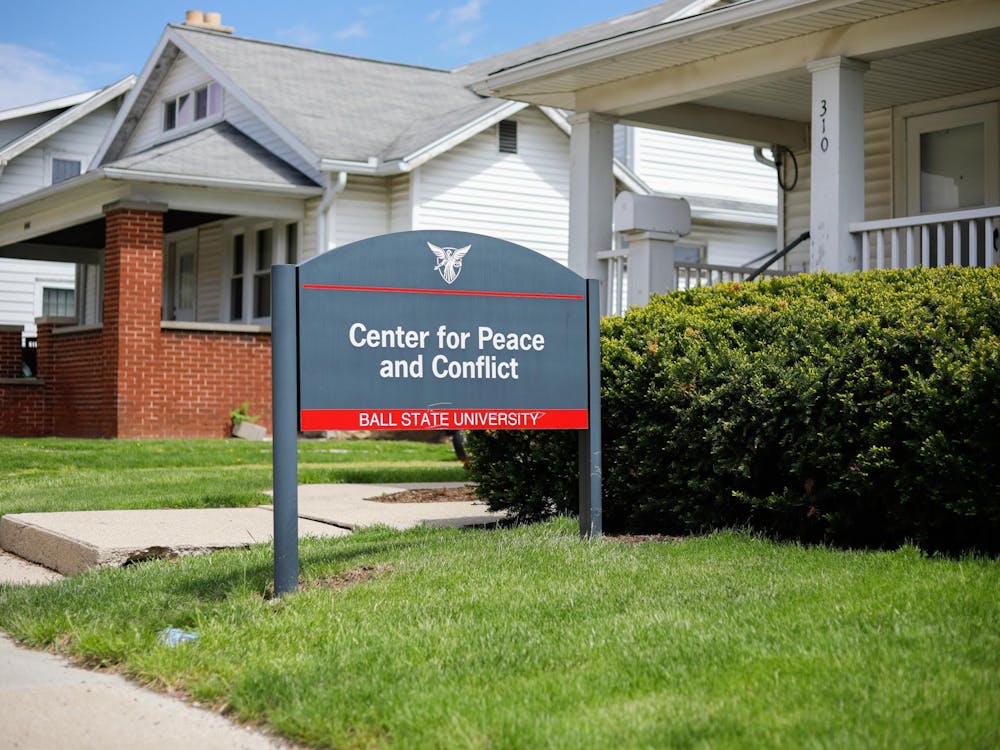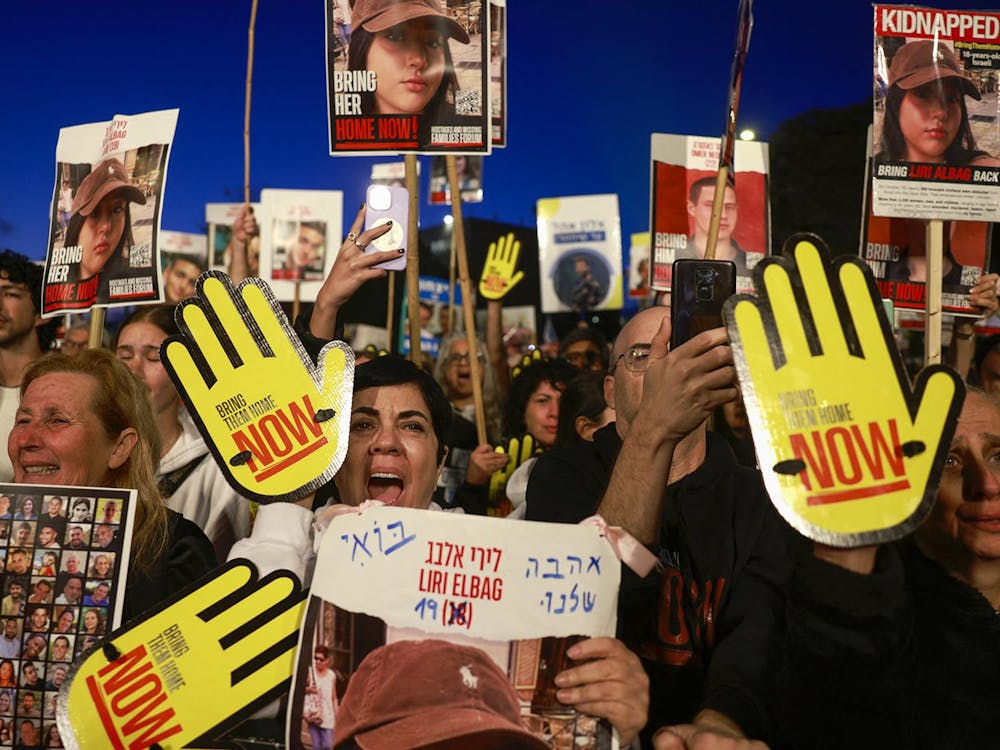The line stretched from the Tally Food Court cash registers, around the dining room, past the computer lab and nearly to the door. Once meal swipes switched to dinner at 4:30 p.m., the queue began to move. Everyone sporting green wristband could take advantage of The Amazing Taste.
Foreign food was just one part of the event. Each floor of the L.A. Pittenger Student Center hosted a different region of the world, complete with dishes, cultural booths and activities.
The basement was reserved for the Americas, with Vancouver Nanaimo bars served out of a truck bed and Mexican soda Jarritos.
Flags adorned the hallways and cultural music filled the air. Around 6 p.m., the Peach Pickers bluegrass band gave way to Trio Con Paz, a salsa group.
Upstairs, Mohammad Bashiri and three other Afghans demonstrated the Attan, the national dance of their home country. The dance is performed at many community events, including parties, weddings and “anything that is happy.”
The group also performed a skit about the exaggerated perceptions and misconceptions some international students experience during orientation.
Bashiri is a senior economics major and got involved in The Amazing Taste through his involvement in the Afghan Student Union.
“What I like is the idea of all the countries coming together and having a booth about their country.” he said. “There are representatives who can explain their culture. This stuff you can barely find on the Internet. These are some authentic cultural ideas that they perform, which is really interesting.”
The food presented at the event was clearly marked as vegetarian or vegan when applicable and also contained a list of potential allergens.
Porine Ayogi answered questions about the handmade jewelry that adorned table on Kenyan culture.
This was Ayogi’s second year at the event and she became involved through the African Student Association.
She said she encounters many misconceptions about Africa.
“When you meet people and tell them that you are from Africa, they don’t know that Africa is a continent — they think Africa is one country,” she said. “They will ask you if you live in a house.”
Ayogi is a second year graduate student pursuing her master’s degree in sociology.
While the United States’ super power status encouraged her to study here, she also was eager to experience the diversity in the country.
“Back at home, someone cannot greet you, but here, people are so social,” Ayogi said. “If someone doesn’t know you, they will talk and come up with stories and that is very cool.”
While no Kenyan food was featured at the event, she said most food from her home is based in corn flour, with various vegetables and meat added.
She described Kenyan culture as diverse with aspects of food and fashion defined along tribal lines.
During the event’s fashion show, she modeled a brightly colored dress, the “kitenge.”
Visitors received stamps on a passport as they entered each “region.” Lines were long for French éclairs, Japanese sushi and Afghan kadu, a pumpkin dip served with bread.
After stopping by the Americas section for Mexican food and pastrami, junior sports administration major AJ Ruffing headed to check out the Amazon John exotic animal show.
“I was expecting not a normal type of things we would normally get,” he said. “Everything here seems to be really authentic and really well captured in the essence of what they’re trying to do.”
Ruffing transferred from Vincennes University and said he’s “never been to anything like this.”





